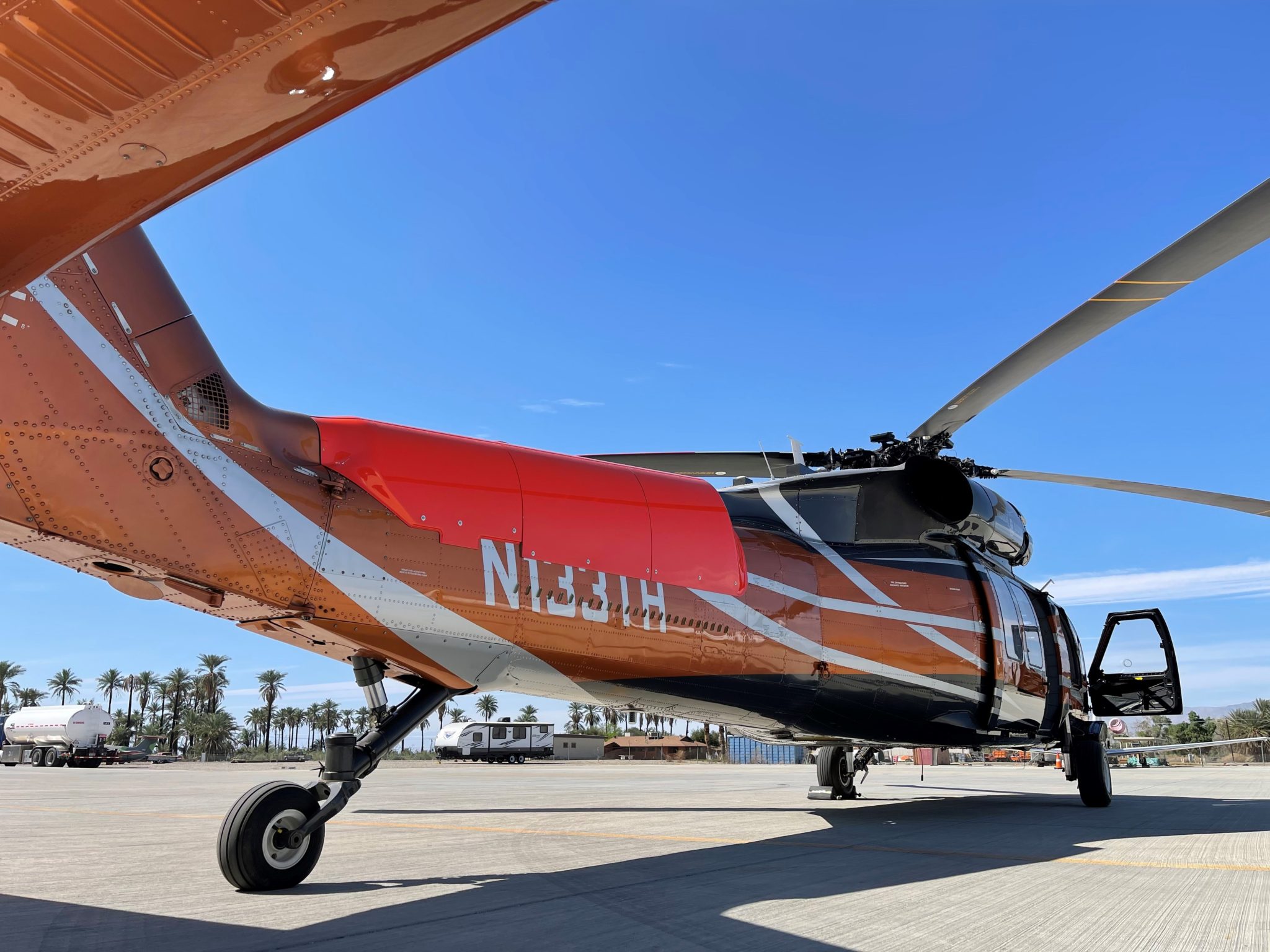Everything You Required to Know Concerning the UH 60 Helicopter
The UH-60 helicopter, a foundation of U.S. Army aeronautics given that its debut in 1979, represents an impressive blend of engineering and operational adaptability. As armed forces demands evolve, so as well does the helicopter, with recurring advancements intended at boosting its capacities and integrating modern-day technologies.
History of the UH-60
Developed in the late 1970s, the UH-60 Black Hawk helicopter became a response to the U.S. Military's need for a functional energy helicopter that could carry out a selection of missions under challenging conditions. The impetus for its style was the imperfections identified in the earlier helicopters made use of during the Vietnam Battle, specifically in regards to maneuverability, survivability, and rate.
The Black Hawk was developed by Sikorsky Aircraft, integrating advanced innovations and materials to improve its performance and resilience. It was formally presented into solution in 1979, promptly ending up being a vital possession for armed forces operations - uh 60. Its ability to transport troops, clinical evacuation, and logistical assistance in both fight and humanitarian goals made the Black Hawk a vital part of the united state Military's aviation fleet
Throughout the years, the UH-60 has been continually updated, adapting to the transforming nature of warfare and the evolving needs of modern military operations. Its functional history includes participation in significant problems, peacekeeping missions, and catastrophe alleviation efforts, strengthening its reputation as a trusted and efficient helicopter in various settings worldwide.

Style and Specs
The design of the UH-60 Black Hawk helicopter constantly mirrors a commitment to operational performance and flexibility. Established by Sikorsky Airplane, this medium-lift utility helicopter features a smooth, aerodynamic body that enhances rate and maneuverability. Its tandem blades system, identified by two counter-rotating blades, reduces resonance and increases lift capability, permitting more secure procedures in varied atmospheres.
The UH-60 is powered by two T700-GE-701C turboshaft engines, offering a maximum speed of roughly 180 knots and a variety of around 400 nautical miles. Its robust airframe is created from advanced composite products, making certain durability while preserving a fairly low weight. The helicopter has an optimum gross weight of concerning 22,000 extra pounds, supporting a flexible payload configuration.

Duties and Missions
A functional platform, the UH-60 Black Hawk helicopter serves a plethora of duties and missions within army procedures. Created largely for army transport, it is qualified of lugging up to 11 soldiers, making it an essential asset for rapid implementation and logistical assistance.
In addition to army transportation, the UH-60 excels in medical discharge (MEDEVAC) missions, furnished with advanced medical equipment to provide essential care throughout transit. Its capacity to operate in varied settings boosts its effectiveness in battle search and rescue (CSAR) operations, where swift extraction of employees is crucial.
The helicopter also plays a significant role in reconnaissance and surveillance missions, using onboard sensors and tools to debrief. Its flexibility expands to logistical assistance, capable of carrying products and tools to forward operating bases.
In battle procedures, the UH-60 can be furnished with numerous weapon systems, allowing it to give close air assistance. Its multi-role ability makes the Black Hawk an important device for modern-day military pressures, adapting effortlessly to the progressing demands of battleground situations and guaranteeing mission success throughout a variety of operational contexts.
Efficiency and Capabilities
Known for its robust efficiency, the UH-60 Black Hawk helicopter boasts excellent capabilities that improve its functional effectiveness across numerous missions. uh 60. This multi-role aircraft is furnished with powerful twin-engine Turbomeca Arriel 1D1 engines, supplying remarkable rate and maneuverability, with an optimum cruise rate of roughly 150 knots and a find more functional variety of around 400 nautical miles
The Black Hawk's advanced avionics and fly-by-wire control systems dramatically improve flight safety and handling, enabling it to operate in varied settings, consisting of damaging climate condition. Its versatility is additional exemplified by its ability to bring as much as 11 fully outfitted troops or a payload of approximately 8,000 pounds, making it optimal for troop transport, medical discharge, and logistical assistance objectives.
Additionally, the UH-60 is made for survivability, featuring enhanced airframes, ballistic protection for crew and passengers, and progressed countermeasure systems to escape dangers. The helicopter's dexterity and rate, incorporated with its capacity for quick release, make it an important property in contemporary army operations, ensuring that it stays a crucial element of tactical air support and field of battle flexibility.
Future Developments

One considerable focus is the assimilation of innovative avionics systems, which will certainly enhance situational awareness via enhanced navigating and communication abilities. This includes the potential use of expert system to aid pilots in decision-making and objective preparation.
Moreover, future versions might integrate sophisticated materials and design attributes to bolster the helicopter's durability and lower its radar signature, enhancing survivability in objected to environments.
The intro of hybrid-electric propulsion systems is also imminent, aiming to boost fuel efficiency and reduce logistical problems. Such innovations could extend functional array and lower the helicopter's ecological footprint.

Conclusion
The UH-60 helicopter represents a substantial improvement in armed forces aviation since its introduction in 1979. The UH-60's enduring existence underscores its important function in modern-day armed forces operations and highlights the click to read recurring evolution of armed forces air travel innovation.
The UH-60 helicopter, a foundation of U.S. Army aeronautics since its launching in 1979, represents an amazing blend of engineering and operational adaptability. As military needs advance, so too does the helicopter, with recurring improvements intended at boosting its capacities and integrating contemporary technologies.The style of the UH-60 Black Hawk helicopter constantly reflects a dedication to functional performance and versatility. Developed by Sikorsky Airplane, this medium-lift utility helicopter features a smooth, wind resistant fuselage that boosts rate and maneuverability.The UH-60 helicopter represents a significant advancement in army aeronautics considering that its intro in 1979.